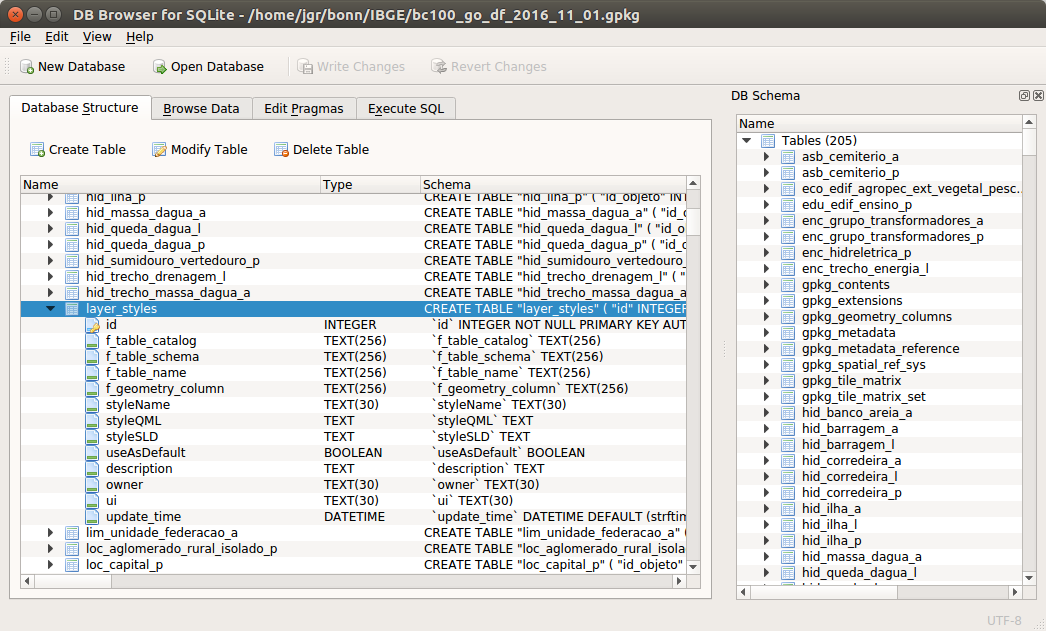I am just playing with the GeoPackage format in QGIS. In QGIS it works nice with the style saved from QGIS but if I load it for example in SAGA the style is not applied.
Is there any way to include at least some basic style (for example point colors for value ranges or classes) so it could be used by different applications? Or is the included style always "application-specific"?




